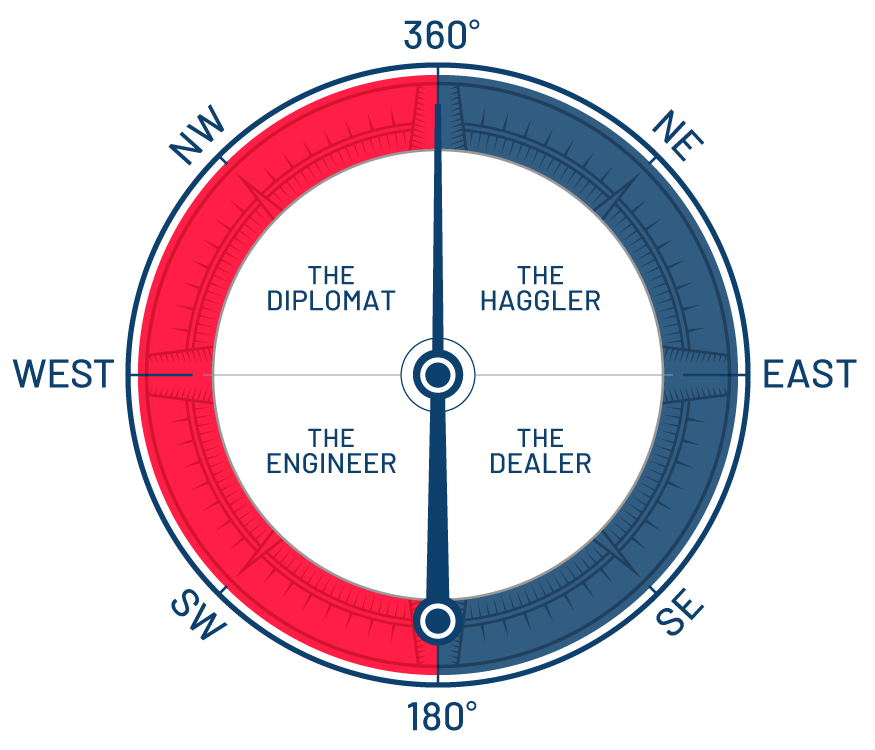The cost of living crisis means price increases are no longer business as usual…and you may accept it
Passing on the cost of goods increases vs protecting the customer’s pocket. The cost of living crisis means price increases are no longer business as usual.
So Heinz was trying to push through price increases to cover their rising commodity costs and wouldn’t compromise on quality. Tesco refused to accept the price increases to protect their customers’ pockets. The lines were drawn; Price Vs Quality, the fallout became public, and neither party were prepared to budge.
Then on 8th July, a joint statement from Tesco & Heinz informed us all that one or both parties had indeed budged.
“…Tesco & Heinz are pleased to have reached an agreement that will see the full range of Heinz products return to Tesco shelves and online…”
The Heinz/Tesco fallout has shone a spotlight on a process that should be business as usual between suppliers and retailers. Price increases are accepted, rejected, and negotiated throughout the year. These two giants reached an impasse. Heinz reacted by stopping the supply of key products to Tesco, hitting both businesses’ bottom lines.
The latest fallout to become public is between Tesco and another large supplier, Mars, who has stopped supplying Whiskas pet food to Tesco. Rising inflation and the cost of living crisis means retailers are not prepared to pass price increases on to their customers, and suppliers are not ready to absorb the costs they once did.
So What!
Sainsbury’s CEO – Simon Roberts, said last week that it was a matter of balancing “keeping prices low for customers but also keeping products in stock”. It’s safe to say a lot more disagreements will become public.
If the price increase demands on Retailers are not going away anytime soon, then what is the best course of action to protect themselves from these demands and even come out in a better position?
They need to have a clear plan on how to deal with the demands and negotiate outcomes that favour their position.
A lack of a negotiation plan will lead to misalignment of objectives, stakeholders, and outcomes. Everyone needs to be rowing in the same direction with the same destination in mind. Once this is achieved, frank discussions can be undertaken, a negotiation team can be put in place, and risks can be assessed and mitigated. Clarity and agility will allow the empowered negotiation team to execute pre-agreed actions without the emotion that can often cloud decision-making.
What do retailers need to consider?
To fully understand what needs to occur behind the scenes, we must look at some best practice planning that every retailer needs to undertake to successfully defend against a price increase demand.
Some key considerations for the Retailers are:
How often does this particular supplier push price increases through?
Need to carry out customer base segmentation:
Suppliers we absolutely need to work with – They supply several key products that drive footfall
Suppliers we would like to work with – They provide a mixed basket of products, some of which drive footfall.
Suppliers we can do without – Could simply, and cheaply be replaced with a like-for-like product
An assessment of the balance of power between the two parties – Along with the segmentation piece, how bullish can we be in dealing with the supplier?Internal Stakeholder alignment. How far are we prepared to go? Are we prepared to D-list Yes?/No? This will have a huge impact on the negotiation strategy deployed.
The timeline you are working to – Do we need their input, or can we act alone?
Stakeholder mapping – Who needs to be involved in the negotiation and, just as importantly, who doesn’t.
Risk analysis – the what ifs?…What if they stop supply before we D-list? What if they escalate? What if their competitors do not want to take the D-listed share of the shelf space?
How long can we afford to not have their product stocked?
What is our consistent, simple message to the supplier?
How do we move forward from this position whilst saving face?
What will we need to do to repair the relationship?
The Kahvay Compass allows retailers to understand simply and quickly the type of negotiation they are in and the best way to navigate it.
Summary / Conclusion
To effectively manage and defend against a well-planned price increase, you need to be one step ahead. You need to have anticipated your supplier’s moves, you need to have a plan in place.
A strategic negotiation plan considers the ‘What if’s?’; it evaluates who has the power and what style of negotiation you should take to get the outcome you need. The strategic plan will identify the role of the individual stakeholders and the actions that need to be taken with those stakeholders.
A well-thought-out plan means your team can preempt your counterparts tactics. Today more than ever, this type of planning will be essential for suppliers and retailers alike.
Kahvay supports retailers with their negotiations, focusing on Cost Price Increases and how to defend against them if you would like to have a chat to see how we can help, contact us here.



